Class Schedule
2500 E.T.C. Jester Blvd Suite 245
MON-WED 5:30-7:00 PM
2500 E.T.C. Jester Blvd Suite 245
Lee College Baytown & North Houston Schedule Pending :
Orientation & Induction to the Roofing Industry
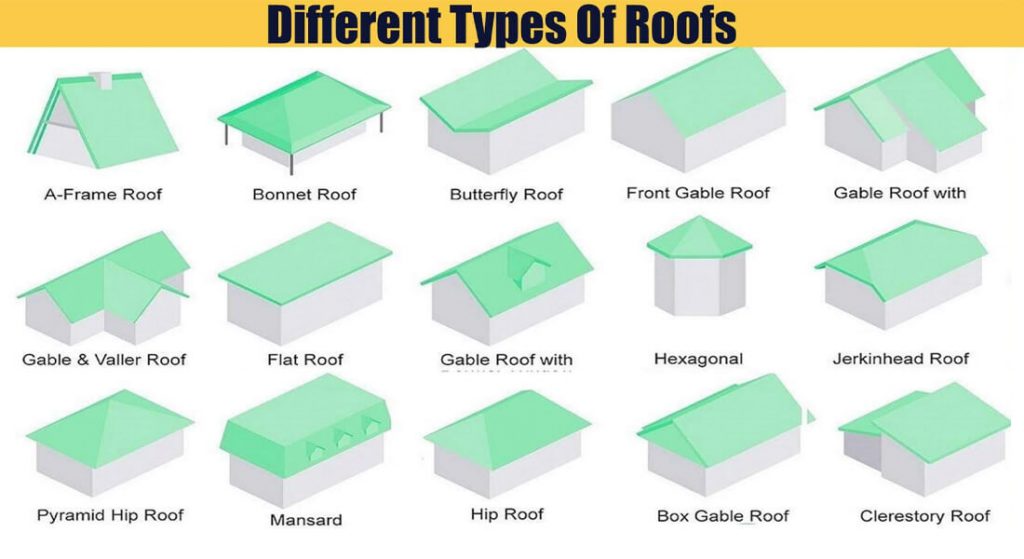
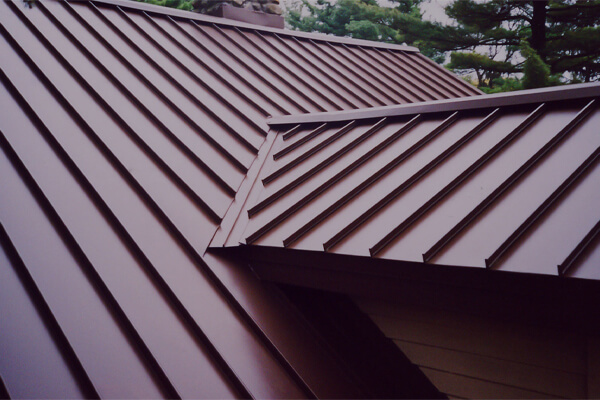
What are the common coverings used in residential roofing?
Residential roofing is completely different from commercial roofing. And uses different materials too. Here are some of the most commonly used coverings in residential roofing:
- Asphalt Shingles: It consists of two kinds of base materials – organic and fiberglass. It is fit for places where the weather isn’t very radical.
- Slate Shingles: Slates sheets are a sophisticated and upscale kind of roofing material made from concrete. They are costly and heavy thus require high expertise on installation.
- Metal roofing: Metal shingles are low maintenance, lightweight, and environmentally friendly, giving them plenty of upsides. They’ve also proven to be quite durable.
- Wood shakes: Cedar shake roofs use wood shingles made up of split logs. Since they’re mostly wood, and since every shingle is of slightly varying size, they have a really distinct and natural look to them.
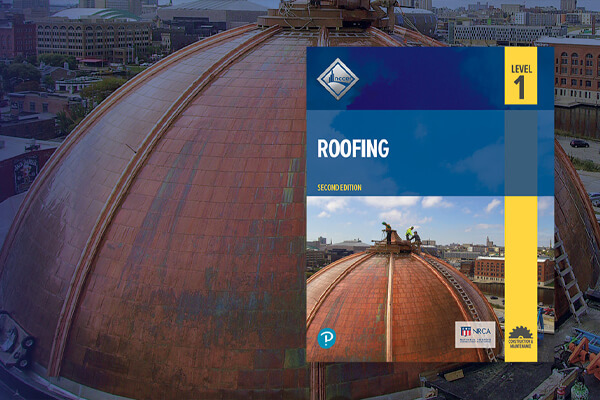
- Class Schedule: 2500 E.T.C. Jester 2nd Floor Student Lounge.
- For Registration Call: 346-353-7969
- Apprentice Messages, Toll-Free: 855-365-8174
- Timings for Monday & Wednesday are: 5:30 to 7:00
- Roofing Textbooks: NCCER,
Apprentice Complete OSHA10
For the preparation of the in-class lesson: Introduction to Roofing.
Find resources at NCCER.org
And textbooks will be purchased individually for every apprentice.
Objectives 1 & 2 will be covered in class, class lectures, and notes will be available online in the student resource center.


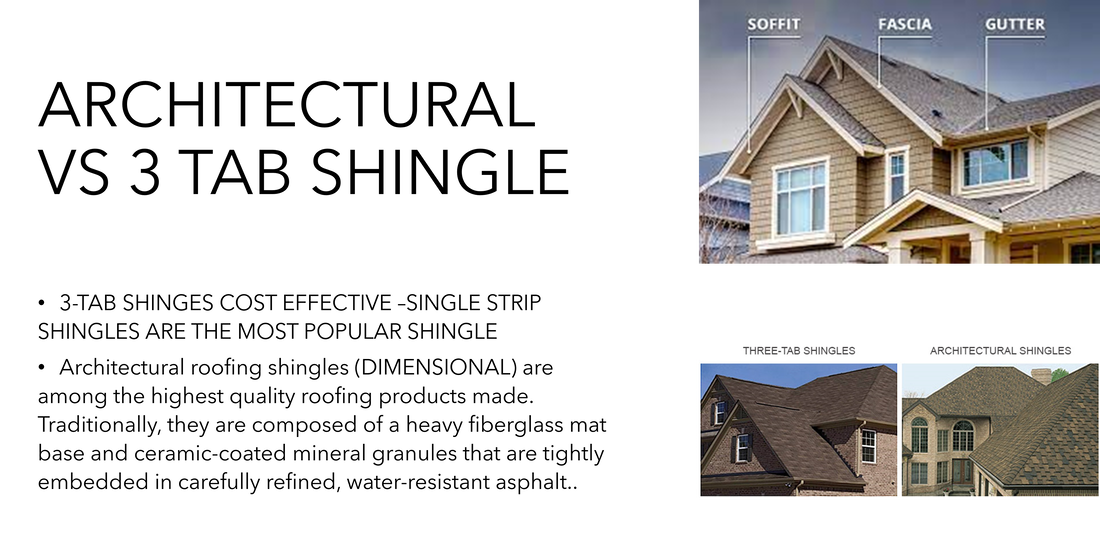
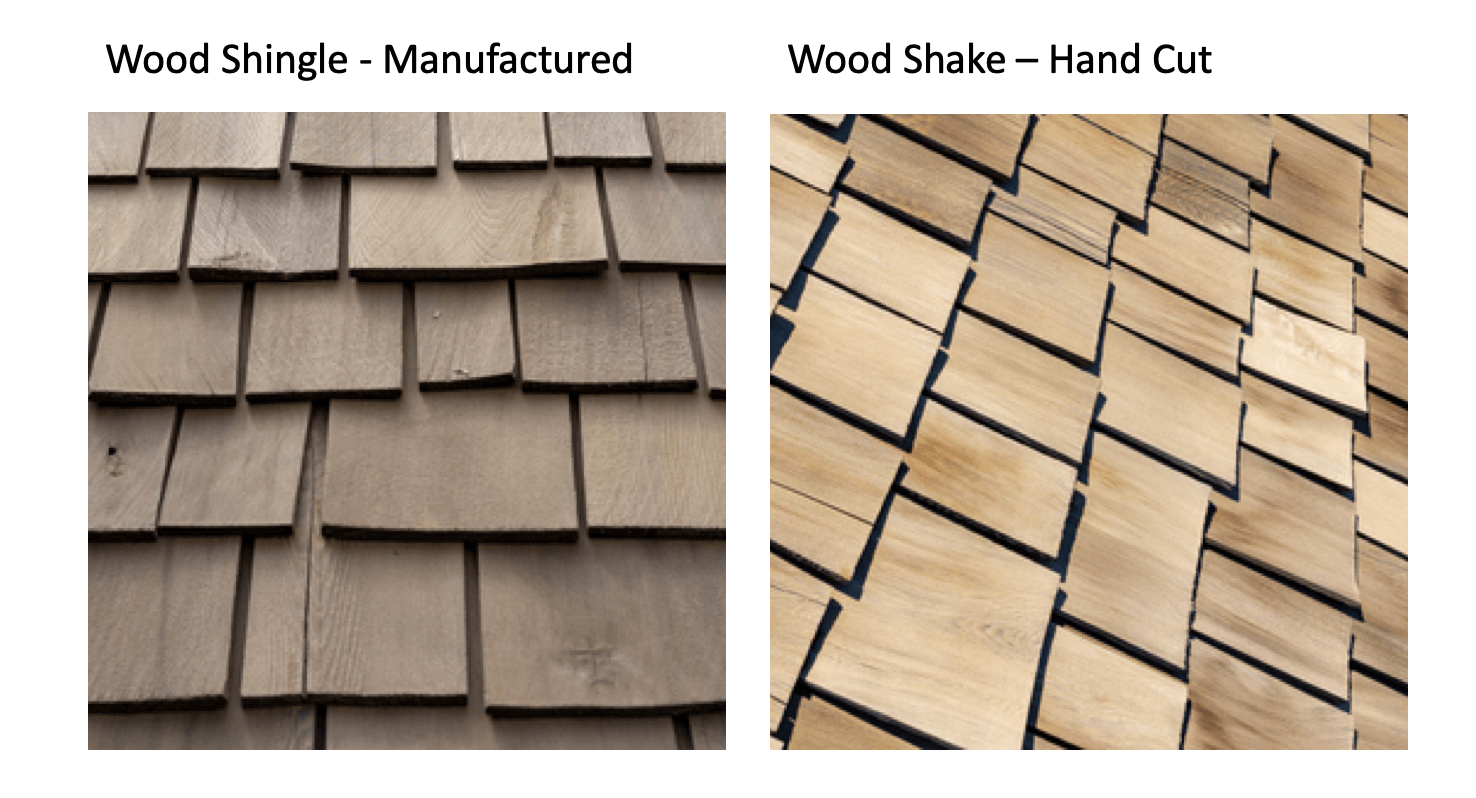
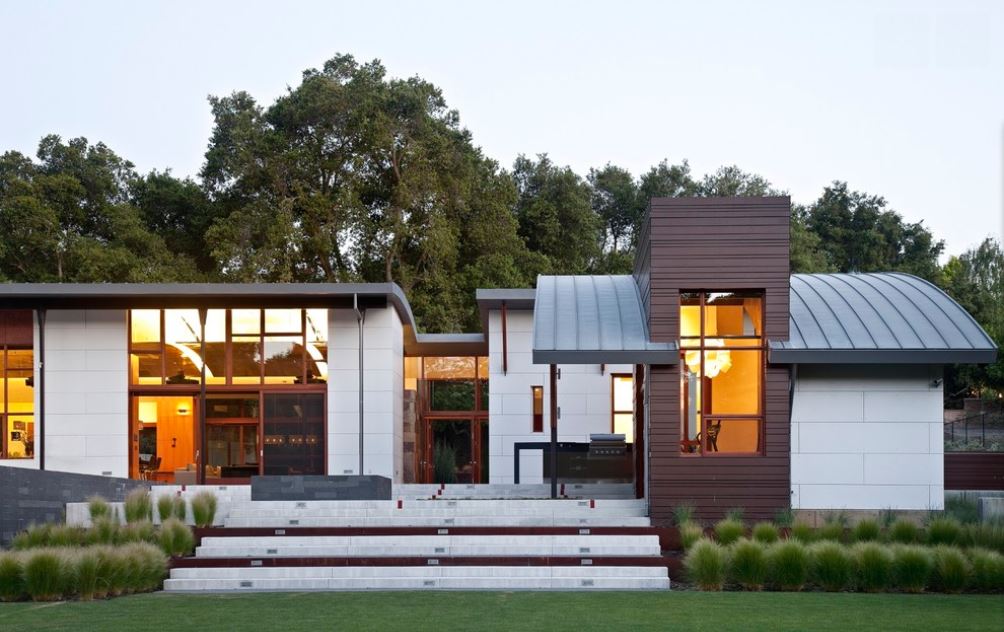
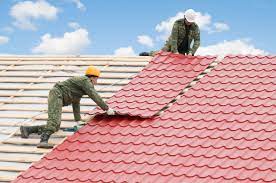
Installation of the Roof: Read the Manufacturer Instruction Services
Codes that Govern Roofing
There are two model building codes that form the basis of almost all of the building codes in the United States.
The International Residential Code for One- and Two-Family Dwellings (IRC) covers one- and two-family homes of three stories or less, and the International Building Code (IBC) covers all other buildings.
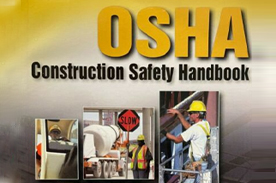
OSHA Safety Standard for Construction
https://www.osha.gov/sites/default/files
/publications/OSHA3755.pdfRoofing
Safety All employers in the construction industry must have a safety program. Contractors and employers who perform construction work must comply with standards in 29 CFR 1926, Subpart C, General Safety and Health Provisions, as well as other applicable Photo courtesy of ACTA Safety & Peterson Dean Roofing
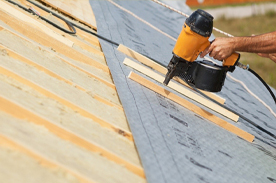
16101 Introduction to Roofing. Learning Objective 1.
Successful completion of these module prepares trainees to: Describe types of roofs and roof systems.
- Explain the difference between steep-slope roofs and low-slope roofs.
- List and describe common steep-slope roof systems.
- List and describe common low-slope roof systems.
- Identify specialty roof systems
